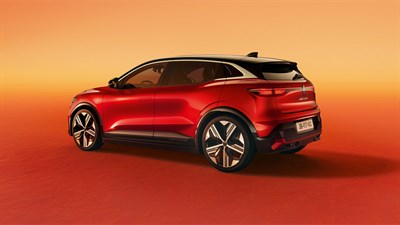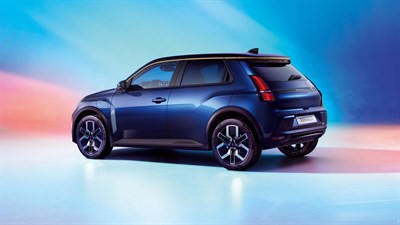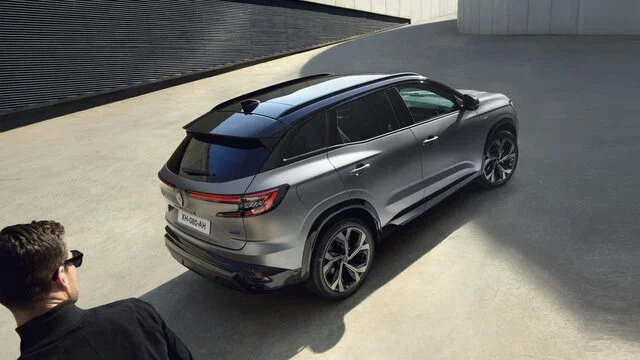vehicles equipped with hyper hybrid E-Tech plug-in
Renault‘s expertise in plug-in hybrid tech
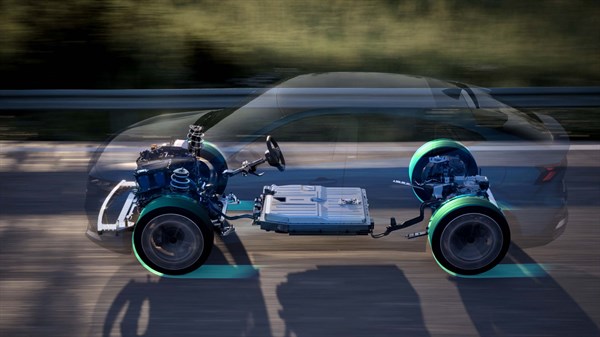
hyper hybrid E-Tech plug-in technology basics
Plug-in hybrids offer the versatility of driving 100% electric or using the internal combustion engine to cover long distances. This cutting-edge technology provides up to 75%* savings in fuel costs, going up to 100% when driving electric in urban and extra-urban conditions.
*according to WLTP data
4 facts about hyper hybrid E-Tech plug-in
POWERTRAIN
Plug-in hybrid vehicles have a high-capacity battery, two electric motors, one of which is located at the rear, a combustion engine and a multimode automatic transmission. This ensures flexible, silent and energy-efficient driving.

LOWER FUEL CONSUMPTION
Hyper hybrid plug-in vehicles are designed to reduce your fuel consumption and CO2 emissions compared to a combustion-powered vehicle, even as low as 0.5l/100 km on Rafale hyper hybrid E-Tech 4×4 300 hp plug-in.*
*according to WLTP protocol, provisional data pending certification
ELECTRIC ON DEMAND
Plug-in hybrid cars get charged daily at work or at home, on public or private charging points. With their large capacity rechargeable battery, you can plan where and when to charge on your way, and put off your visit to the petrol station.

DRIVING RANGE
Equipped with this cutting-edge technology, Rafale hyper hybrid E-Tech 4×4 300 hp plug-in has a driving range* of up to 105 km in 100% electric, and can be used for long journeys by combining its engines.
your everyday life with hyper hybrid E-Tech plug-in vehicles
Cars equipped with Renault hyper hybrid E-Tech plug-in technology provide sharp acceleration whether you are driving in an urban environment or on the motorway. Enjoy exceptional responsiveness and a smooth, silent ride.
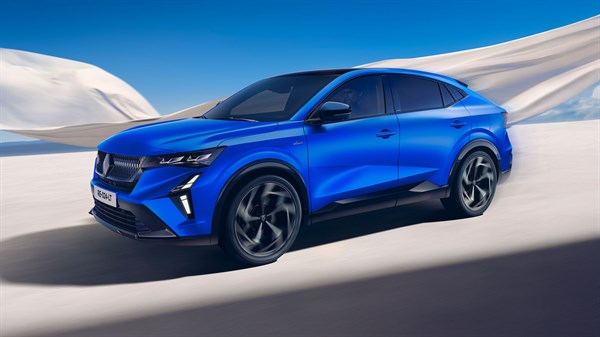
consumption in plug-in hybrid vehicles
Hyper hybrid E-Tech plug-in technology is characterised by its low fuel consumption, in both electric and combustion-powered mode. Fuel consumption is 0.5l/100 km when the battery is charged*. With our hyper hybrid E-Tech plug-in technology, our vehicles are able to charge during deceleration and braking phases, which increases their electric driving range.
*WLTP standards
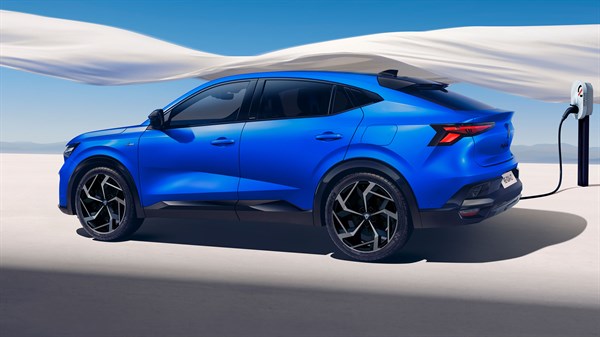
charging plug-in hybrid vehicles
Charge Renault plug-in hybrid vehicles at home on a standard or reinforced socket, or at a charging station. Use the public charging network when you are on the road to recover up to 80% of your driving range in just 2 hours at 7.4 kW charging stations.*
*on Renault Rafale
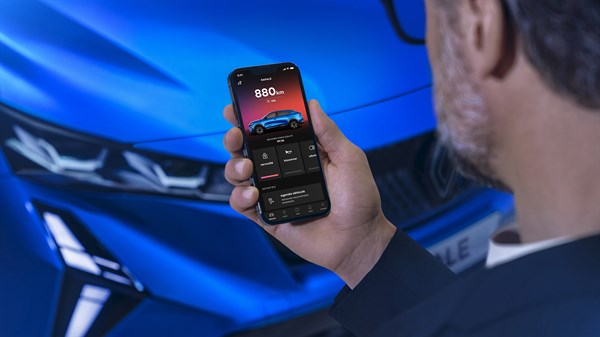
maintenance of plug-in hybrid vehicles
Maintenance frequency depends on how the vehicle is used. It is more or less the same as for combustion engine vehicles. On average, servicing is required once a year.
All of our batteries are guaranteed for 8 years and 160,000 km.
your questions about hyper hybrid E-Tech plug-in technology
If you have a plug-in hybrid car, you can charge it by plugging it into the electricity grid, via a public charging point, or by charging it at home. 7.4 kW is the maximum power of our vehicle chargers. The battery also charges as you drive, extending your electric driving range.
If you have a full hybrid car, it charges as you drive using kinetic energy as well as the combustion engine. The battery charges totally autonomously as you brake and slow down. You can adjust the recovery level to increase or decrease it.
The autonomy of a plug-in hybrid vehicle depends on the characteristics of the vehicle but also on the conditions of use.
The electric autonomy depends above all on the capacity of the traction battery (expressed in kWh), the greater this is, the higher the possibility of driving 100% electric. In the case of our rechargeable hybrid technology, whose battery is recharged by connecting to the mains but also while driving via the recovery of kinetic energy, 100% electric autonomy is guaranteed up to 105 km (in mixed WLTP use). ), i.e. a real range which can vary from approximately 30 to 60 km. Obviously to take full advantage of your vehicle and save fuel, it is necessary to recharge it as regularly as possible.
The total autonomy of a plug-in hybrid car is greater than that of a gasoline car, since it is possible to alternate between several energy sources. In town, when the electric motor(s) take over, there is little or no use on the combustion engine, which logically results in fuel savings. On the highway, even once the traction battery is empty, you benefit from the operation of the hybrid engine to optimize your consumption.
